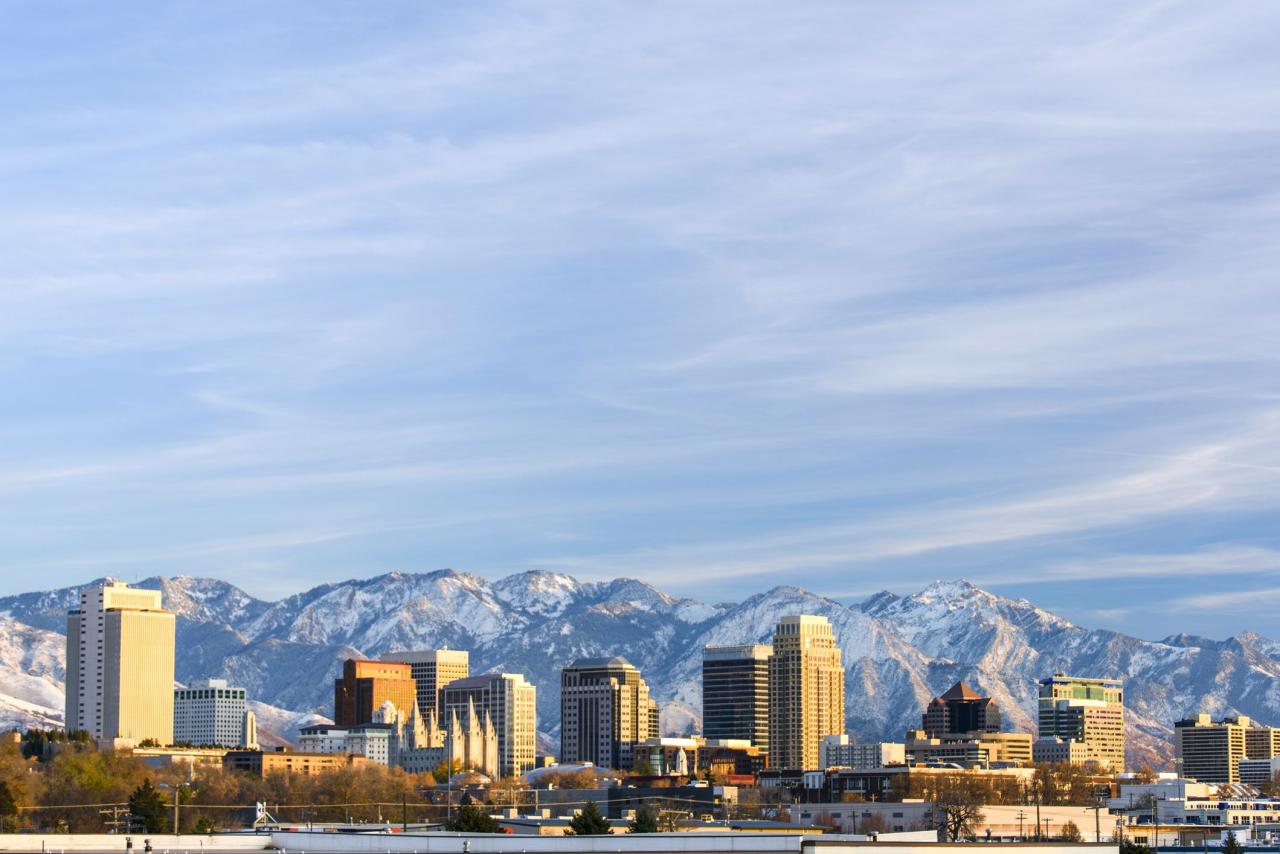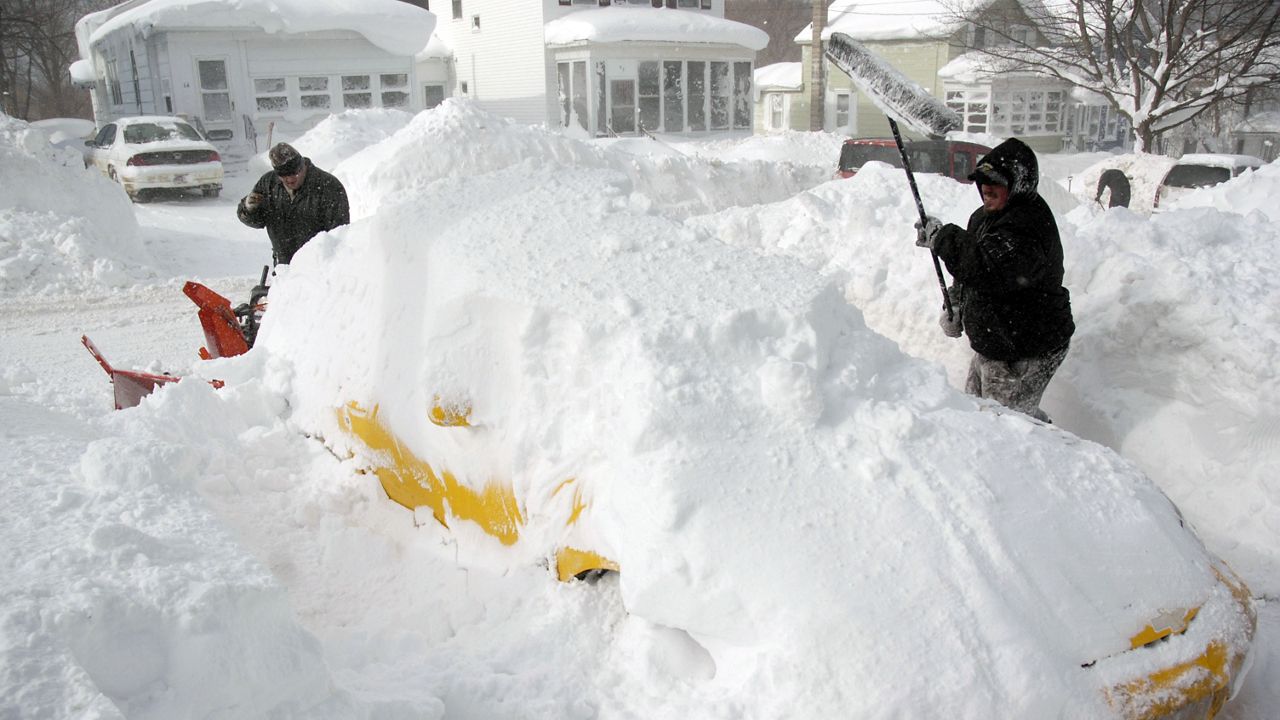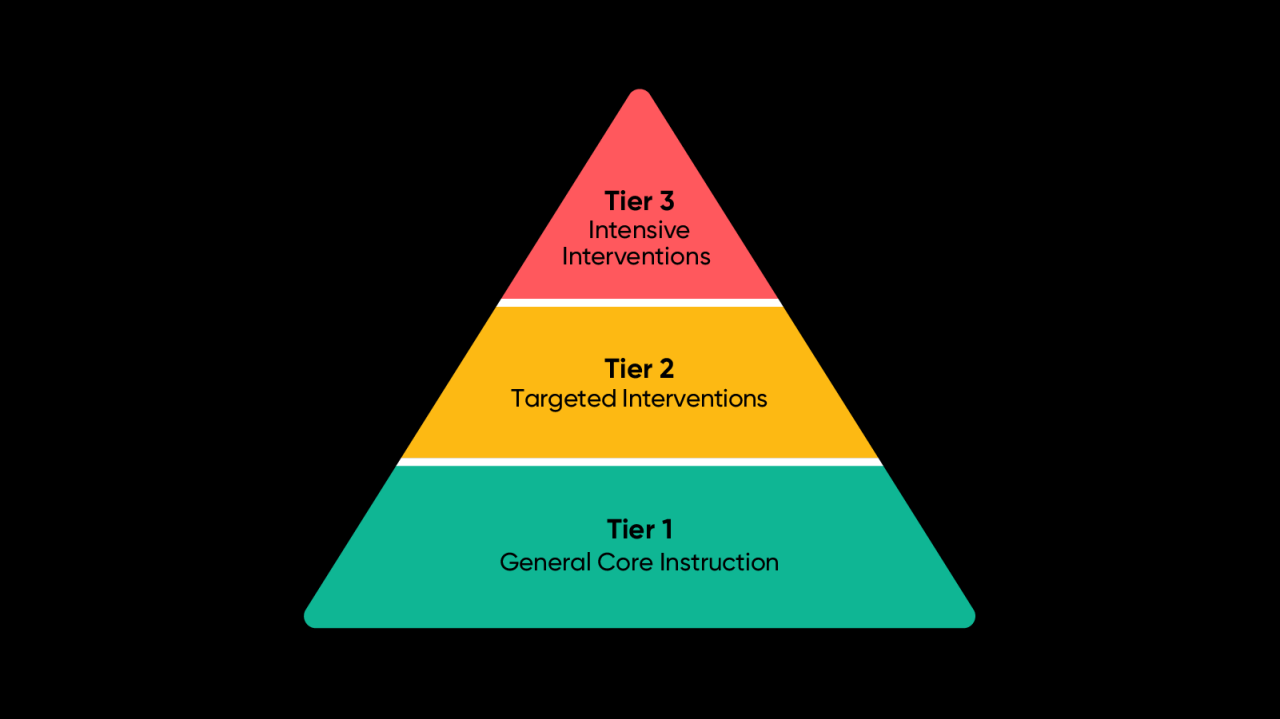Lake Shasta water level is a critical issue for California, impacting everything from agriculture to hydropower generation. This vast reservoir, nestled in the Shasta Cascade region, holds the key to the state’s water security. Understanding its historical fluctuations, current status, and future projections is essential for managing this precious resource effectively.
The lake’s water level is a complex dance influenced by factors like rainfall, snowpack, and human activity. Decades of data reveal a history of boom and bust cycles, with periods of abundance followed by drought. Climate change adds another layer of complexity, potentially exacerbating existing challenges.
As we delve into the intricacies of Lake Shasta’s water level, we’ll explore the factors at play and their implications for the future.
Lake Shasta Water Levels: A Historical and Current Perspective

Lake Shasta, the largest reservoir in California, plays a crucial role in the state’s water supply and economy. Its water levels have fluctuated significantly over the years, reflecting the interplay of natural factors and human activity. This article delves into the history of Lake Shasta’s water levels, explores the current situation, analyzes factors influencing these levels, and examines their impacts and future projections.
Historical Water Levels
Lake Shasta’s water levels have exhibited dramatic swings over the past 50 years, driven by a complex interplay of factors, including rainfall, snowpack, and water management practices.
- The 1970switnessed a period of relatively high water levels, fueled by consistent rainfall and snowfall. This era saw Lake Shasta reaching near-capacity levels, providing ample water for agriculture, hydropower, and recreation.
- The 1980s and 1990ssaw a shift towards drier conditions, leading to lower water levels. This period was characterized by drought cycles and increased water demands, putting stress on the reservoir’s capacity.
- The early 2000ssaw a return to wetter conditions, with Lake Shasta’s levels rebounding significantly. However, this was followed by the severe drought of 2012-2016, which resulted in historically low water levels.
- Recent yearshave seen a mix of wet and dry periods, highlighting the variability of California’s climate and the need for sustainable water management practices.
Comparing historical water levels with current levels reveals a significant decline. For example, in 2015, Lake Shasta’s level dropped to its lowest point in over a century, reaching just 35% of capacity. This drastic reduction had profound implications for the region’s agriculture, hydropower, and recreation.
Understanding these historical trends is crucial for predicting future water availability and developing effective water management strategies.
Current Water Level and Status
As of [Tanggal], Lake Shasta’s water level stands at [Tingkat Air], representing [Persentase Kapasitas] of its total capacity. This level reflects the recent [Keadaan Curah Hujan/Salju] and the ongoing [Tingkat Pengambilan Air].
- Rainfall: The current [Keadaan Curah Hujan] has [Dampak Positif/Negatif] on Lake Shasta’s water levels. [Penjelasan Dampak Curah Hujan]
- Snowpack: The [Keadaan Salju] in the Sierra Nevada Mountains is [Tingkat Kelimpahan] this year, which will [Dampak Positif/Negatif] Lake Shasta’s water levels in the coming months. [Penjelasan Dampak Salju]
- Water Usage: Water demand from [Sektor Pengguna Air] remains [Tingkat Kebutuhan], impacting Lake Shasta’s water levels. [Penjelasan Dampak Pengambilan Air]
Here’s a table showcasing the current water level, capacity, and historical averages:| Parameter | Current | Capacity | Historical Average ||—|—|—|—|| Water Level | [Tingkat Air] | [Kapasitas] | [Rata-Rata Historis] || Percentage of Capacity | [Persentase Kapasitas] | 100% | [Rata-Rata Historis] |
Factors Affecting Water Levels, Lake shasta water level

Several factors influence Lake Shasta’s water levels, including natural and human-induced components:
- Precipitation: Rainfall and snowfall are the primary sources of water for Lake Shasta. The amount and timing of precipitation directly affect the reservoir’s water levels. [Penjelasan Dampak Curah Hujan]
- Snowmelt: Snowmelt from the Sierra Nevada Mountains is a crucial source of water for Lake Shasta, particularly during the spring and early summer months. The rate of snowmelt is influenced by temperature and precipitation. [Penjelasan Dampak Salju]
- Human Activity: Water withdrawals for agriculture, municipal use, and hydropower generation significantly impact Lake Shasta’s water levels. Water management practices, such as reservoir releases and water conservation measures, also play a role. [Penjelasan Dampak Aktivitas Manusia]
Climate change is a significant factor affecting Lake Shasta’s water levels. Rising temperatures are leading to earlier snowmelt and increased evaporation, reducing the amount of water reaching the reservoir. Additionally, climate change is predicted to increase the frequency and severity of droughts, further exacerbating water shortages.
[Penjelasan Dampak Perubahan Iklim]
Impacts of Water Levels
Fluctuations in Lake Shasta’s water levels have significant implications for the surrounding region:
- Agriculture: Low water levels can reduce irrigation water availability for farms, impacting crop yields and economic activity. [Penjelasan Dampak pada Pertanian]
- Hydropower Generation: Lake Shasta’s water is used to generate hydropower, providing electricity to millions of Californians. Low water levels can reduce hydropower generation capacity, impacting energy supply and costs. [Penjelasan Dampak pada Pembangkitan Listrik]
- Recreation: Lake Shasta is a popular destination for recreation, including boating, fishing, and camping. Low water levels can restrict access to certain areas, impacting tourism and recreational opportunities. [Penjelasan Dampak pada Rekreasi]
Here’s a table summarizing the impacts of different water level scenarios on various stakeholders:| Scenario | Agriculture | Hydropower | Recreation ||—|—|—|—|| Low Water Levels | Reduced irrigation, lower crop yields | Reduced generation capacity, higher energy costs | Limited access to recreational areas, reduced tourism || High Water Levels | Flooding of agricultural land, damage to infrastructure | Potential for dam safety concerns | Increased access to recreational areas, potential for flooding |
Future Projections and Management
Predicting future water levels for Lake Shasta requires considering climate models, water management strategies, and population growth. Climate projections suggest that California’s climate will continue to become warmer and drier, leading to increased drought frequency and severity. [Penjelasan Dampak Perubahan Iklim]
- Water Conservation: Implementing water conservation measures in homes, businesses, and agriculture is crucial for reducing water demand and mitigating the impacts of drought. [Penjelasan Konservasi Air]
- Reservoir Management: Effective reservoir management strategies, including optimizing water releases and balancing water storage for various needs, are essential for ensuring water availability during dry periods. [Penjelasan Manajemen Waduk]
- Collaborative Efforts: Collaborative efforts between government agencies, communities, and stakeholders are vital for developing sustainable water management plans and addressing the challenges posed by climate change. [Penjelasan Kolaborasi]
Concluding Remarks: Lake Shasta Water Level
Lake Shasta’s water level is a story of interconnectedness, highlighting the delicate balance between human needs and environmental realities. By understanding the past, analyzing the present, and planning for the future, we can navigate the challenges of water management and ensure the long-term health of this vital resource for generations to come.
Collaborative efforts between government agencies, communities, and stakeholders are crucial in ensuring a sustainable water future for California.














